According to Mr. Nguyen Thanh Binh, Chairman of the Vietnam Fruit and Vegetable Association, Vietnamese fruits and vegetables are creating a fever in the international market. With a variety of varieties, especially high-quality tropical fruits, Vietnamese fruits and vegetables have conquered more than 60 demanding markets.
| Challenges and opportunities in exporting Vietnamese fruits and vegetables Fruit and vegetable export - efforts for more success |
Official exports are constantly expanding.
China, the world's largest fruit consumer market, is a favorite destination for many Vietnamese fruits such as durian, banana, and mango. This industry has recorded impressive export growth, reaching 67% in 2023 and 27% in 2024, bringing in a record export turnover of 7.2 billion USD last year.
In particular, Vietnam's official fruit and vegetable exports are making significant progress. Over the past year, the market share of Vietnamese fruits and vegetables in key markets such as China, the United States and Thailand has also continuously expanded. Trade promotion activities have been stepped up, along with the advantages of 16 new-generation free trade agreements, promising to bring Vietnamese fruits and vegetables closer to global consumers.
“Vietnamese enterprises have quickly seized the opportunity to boost agricultural exports, especially fruits, to potential markets such as South Korea and Japan. Choosing these two countries not only helps minimize risks in transportation, but also maximizes the benefits of the RCEP Agreement. With a large population, high income and high demand for agricultural products, especially fruits, these two markets are becoming attractive destinations for Vietnamese goods. In contrast, the quality and diversity of fruits have made Vietnam a preferred supplier for Japan and South Korea. Expanding grapefruit exports to South Korea is a typical example, helping to take advantage of logistics when the grapefruit supply in the land of kimchi mainly comes from South America,” said Mr. Dang Phuc Nguyen, General Secretary of the Vietnam Fruit and Vegetable Association.
Vietnam can also expand its export portfolio with other fruits and vegetables that are popular with Korean and Japanese consumers, such as clean chili, avocado, and lemon.
From a business perspective, Mr. Nguyen Thanh Tung, Deputy General Director of Dong Giao Food Export Joint Stock Company (Doveco) commented that recently, awareness of the fruit and vegetable supply chain has had positive changes in the business community.
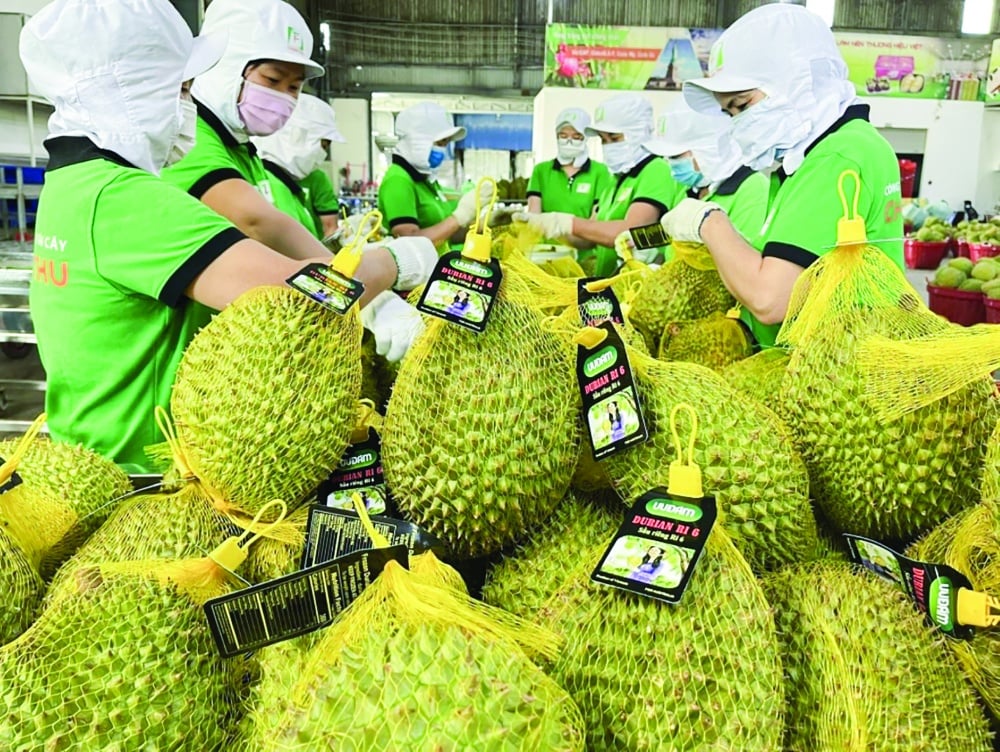 |
| Vietnam needs to promote official agricultural exports |
Need good quality control
Mr. Tung said that although Vietnam has great potential to expand the area of fruit and vegetable cultivation, small-scale and fragmented production is still a major barrier. This limits the application of modern technology in production, making it difficult to provide a stable, high-quality source of raw materials for processing facilities and markets. In addition, farmers lack the necessary knowledge about the use of fertilizers and pesticides, affecting productivity and product quality.
Mr. Binh also commented that the quality and safety of Vietnamese fruits and vegetables still have many limitations. Specifically, output is not stable, food safety is not high, compliance with regulations is not strict, and the connection between stages in the supply chain is still loose. These weaknesses can seriously affect Vietnamese fruit and vegetable exports in the international market.
Faced with this reality, according to Mr. Tung, quality management right from the input materials is a key factor to increase the value and competitiveness of Vietnamese agricultural products. Orienting farmers on market demand is extremely urgent, in order to avoid the situation of "good harvest, low price" and limit production following the trend. State management agencies have had clear support policies and orientations for the fruit and vegetable industry. However, to achieve high efficiency, it is necessary to strengthen propaganda, guidance and support for farmers to change production methods towards sustainability, meeting quality and food safety standards.
To protect and sustainably develop the Vietnamese fruit and vegetable industry, the Vietnam Fruit and Vegetable Association clearly identifies priority issues that need to be addressed. First, we must not be complacent with the achievements we have made; overcome weaknesses in product quality and safety, seek the best post-harvest technologies to reduce the loss rate of fruits and vegetables, reduce product costs, and improve the compliance capacity of businesses in domestic and foreign markets. The Association recommends that the State continue to innovate mechanisms and policies to create favorable conditions for the sustainable development of the fruit and vegetable industry. Specifically, it is necessary to promote negotiations and expand official export markets for many types of Vietnamese fruits and vegetables, especially focusing on large and traditional markets.
“The State should continue to support businesses in developing and granting codes for growing areas and packaging facilities, speeding up progress to improve competitiveness and meet quality requirements of the international market. In addition, developing and promulgating national standards for key export fruit and vegetable products is essential to protect the reputation and enhance the value of Vietnamese agricultural products,” said Mr. Nguyen Thanh Binh.
Source: https://thoibaonganhang.vn/de-rau-qua-viet-nam-vuon-xa-chat-luong-la-yeu-to-quyet-dinh-159562.html


![[Photo] Ready for the top competitions of Vietnamese table tennis](https://vphoto.vietnam.vn/thumb/1200x675/vietnam/resource/IMAGE/2025/5/18/9c547c497c5a4ade8f98c8e7d44f5a41)
![[Photo] Party and State leaders attend the special art program "You are Ho Chi Minh"](https://vphoto.vietnam.vn/thumb/1200x675/vietnam/resource/IMAGE/2025/5/18/6895913f94fd4c51aa4564ab14c3f250)



![[Photo] Many young people patiently lined up under the hot sun to receive a special supplement from Nhan Dan Newspaper.](https://vphoto.vietnam.vn/thumb/1200x675/vietnam/resource/IMAGE/2025/5/18/6f19d322f9364f0ebb6fbfe9377842d3)
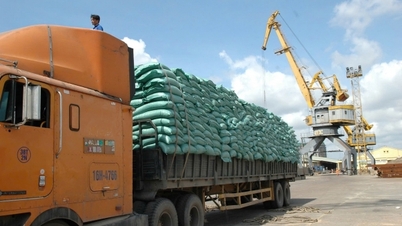


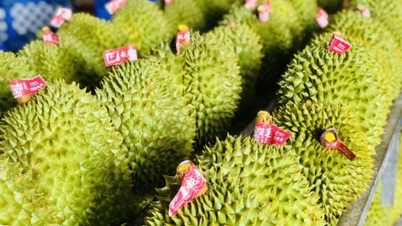

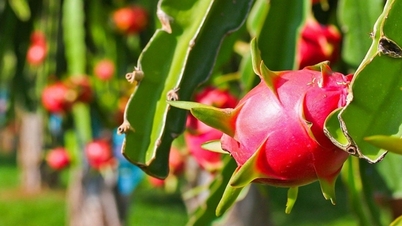



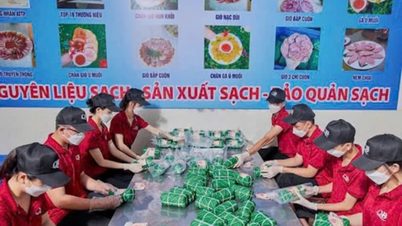






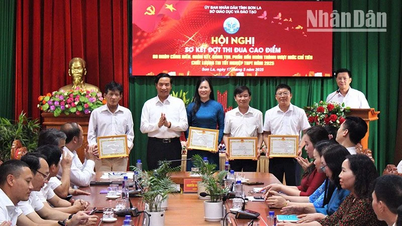




















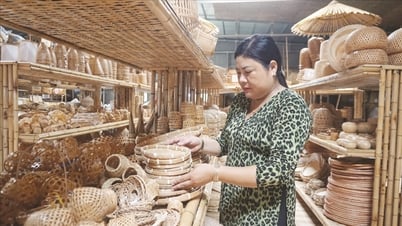
















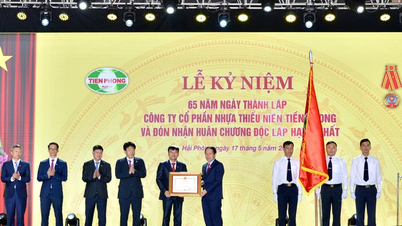


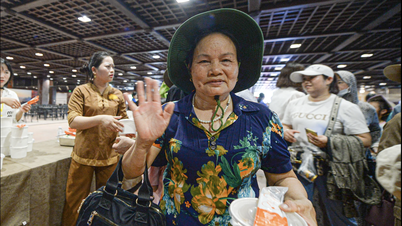





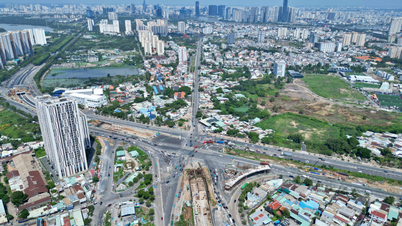




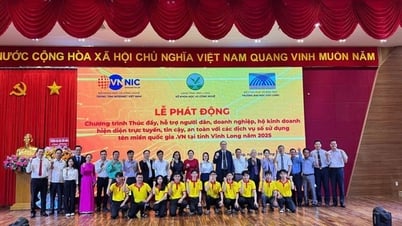


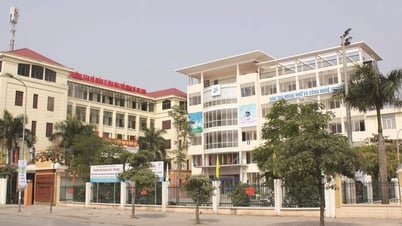





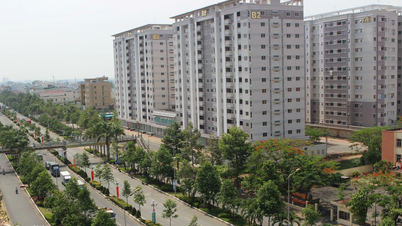

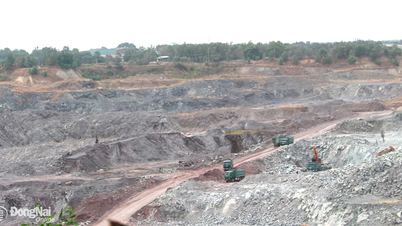
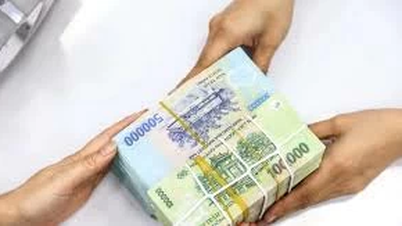












Comment (0)